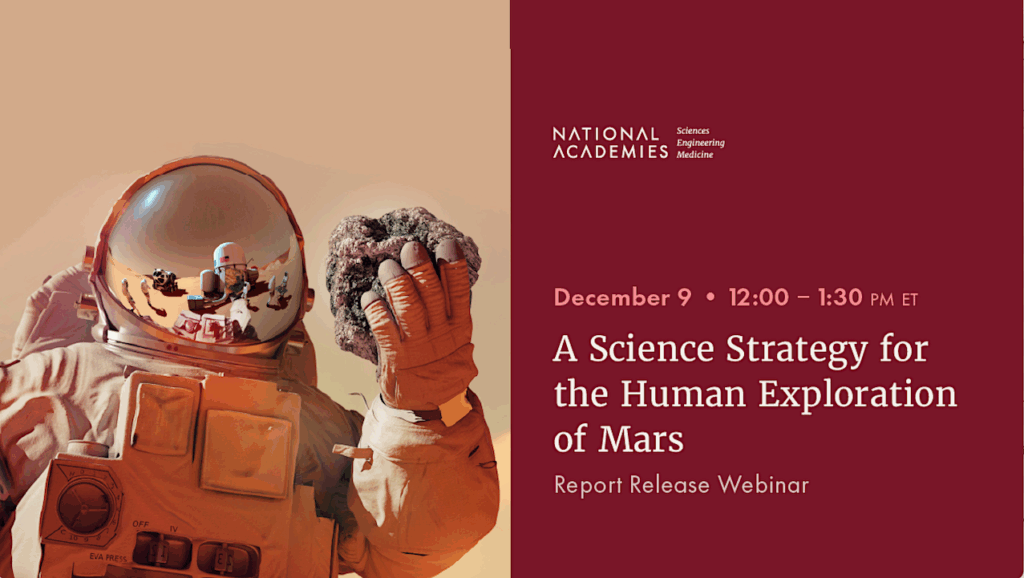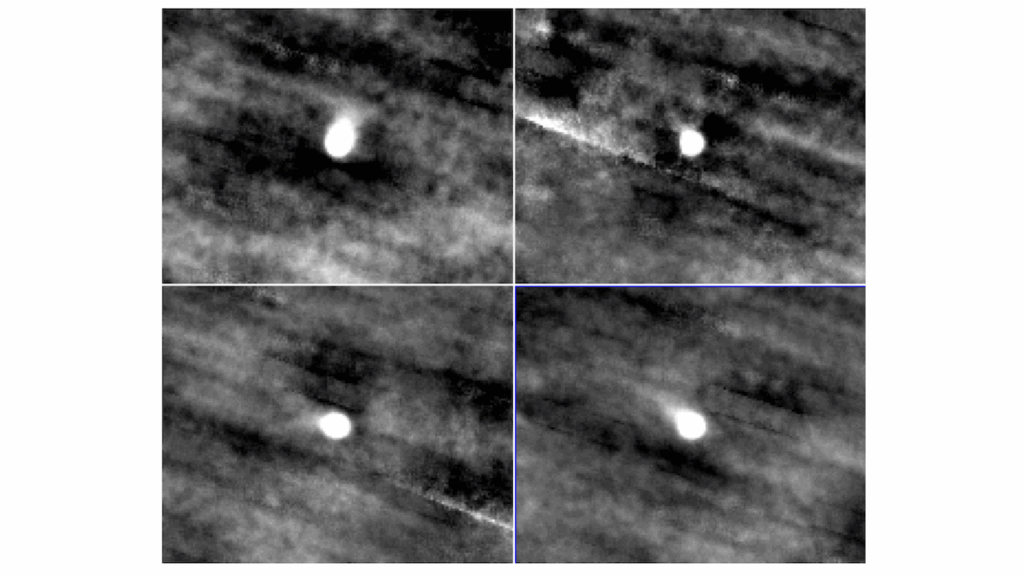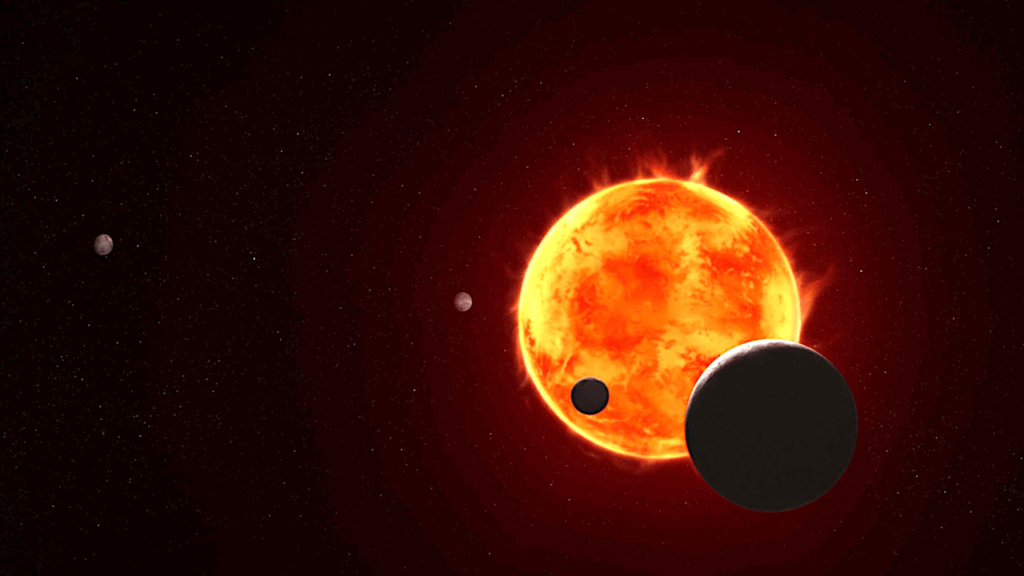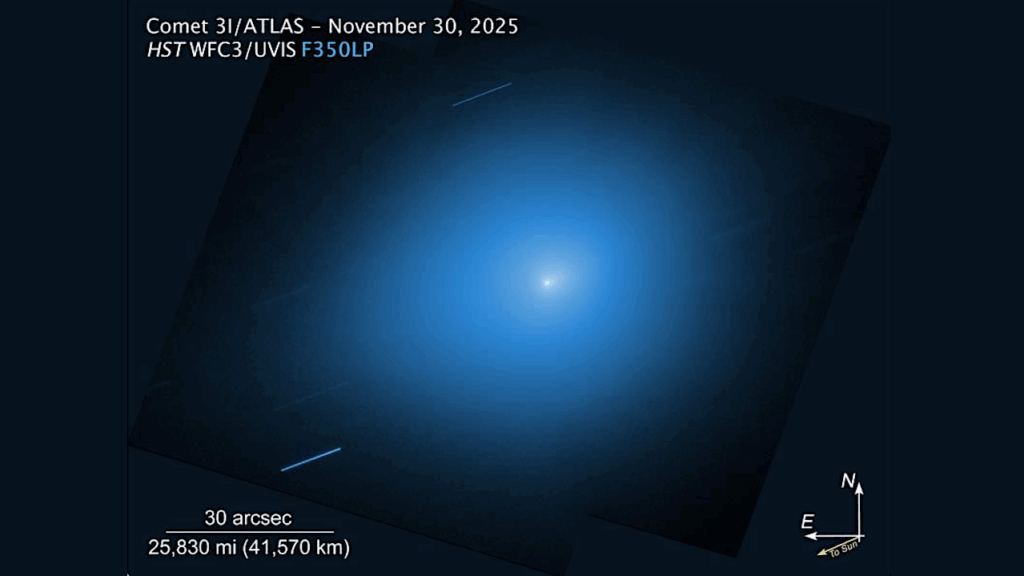Cassini Study Found Organics From An Ocean Inside Enceladus
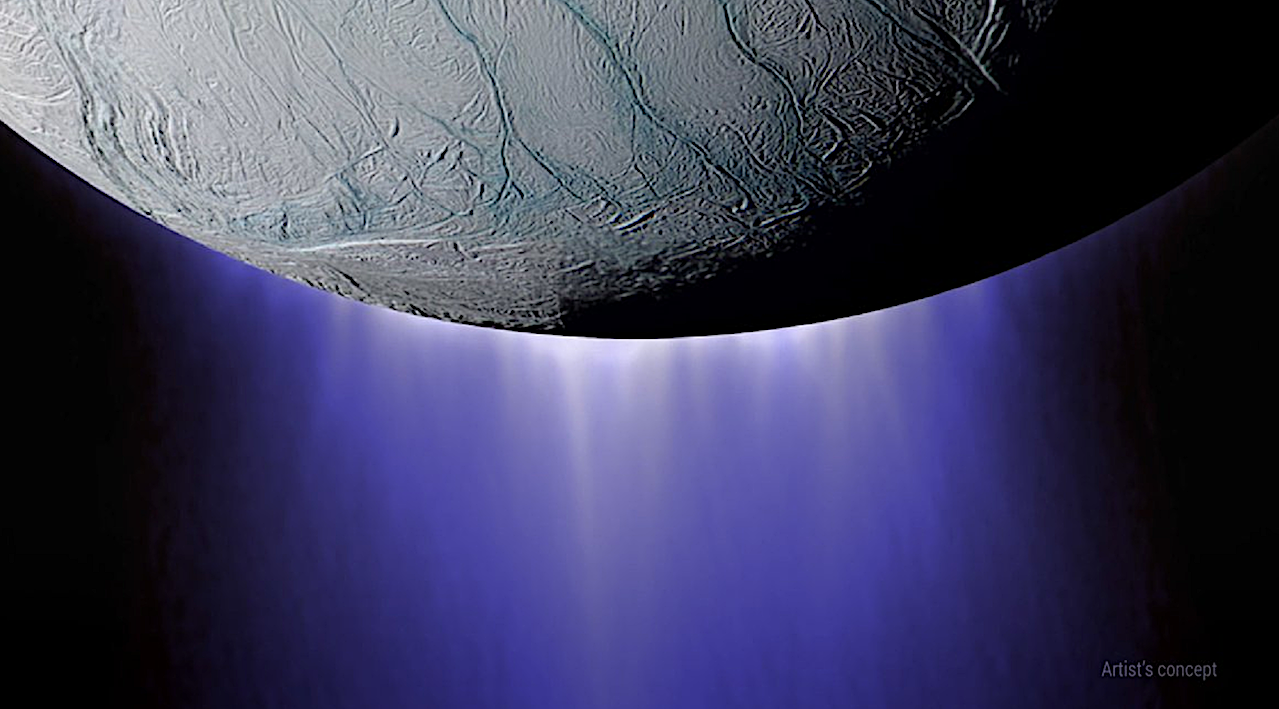
NASA’s Cassini spacecraft captured dramatic plumes, both large and small, spray water ice out from many locations along the famed ‘tiger stripes’ near the south pole of Saturn’s moon Enceladus.
Researchers dove deep into information gathered from the ice grains that were collected during a close and super-fast flyby through a plume of Saturn’s icy moon.
A new analysis of data from NASA’s Cassini mission found evidence of previously undetected organic compounds in a plume of ice particles ejected from the ocean that lies under the frozen shell of Saturn’s moon Enceladus. Researchers spotted not only molecules they’ve found before but also new ones that lay a potential path to chemical or biochemical activity.
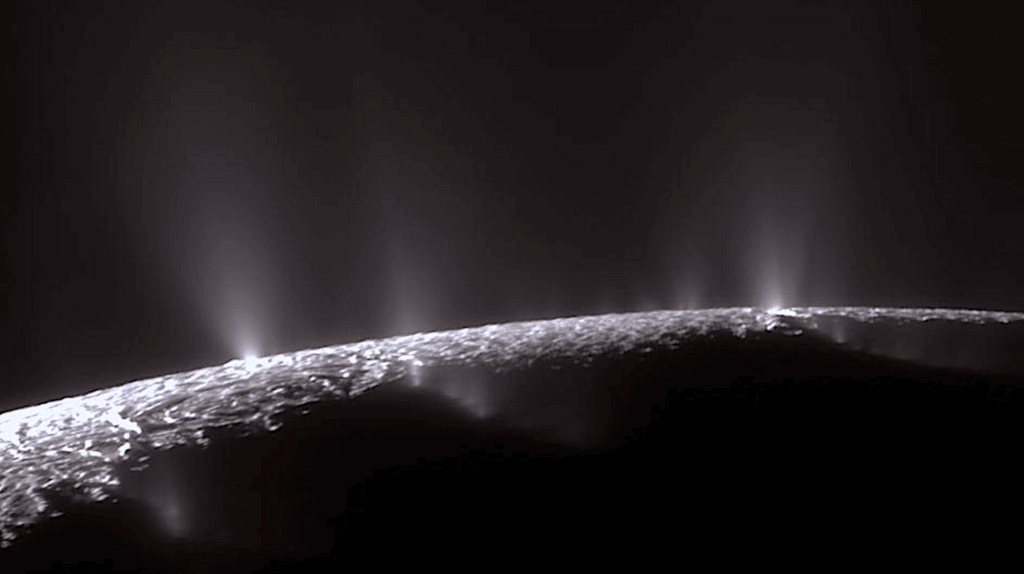
NASA Cassini Study Finds Organics ‘Fresh’ From Ocean of Enceladus In this image captured by NASA’s Cassini spacecraft in 2009, dramatic plumes of water ice and vapor are seen erupting from the south pole of Saturn’s moon Enceladus. Credit: NASA/JPL/Space Science Institute
The ice grains studied were collected just 13 miles (21 kilometers) from the moon’s surface and mark the first time scientists have observed this diversity of organics in fresh particles ejected from the subsurface water of Enceladus. Published Wednesday in Nature Astronomy, the findings signal an important step toward confirming active organic chemistry below the moon’s surface. This is the kind of chemical activity that could support compounds that are important to biological processes and are an essential component of life on Earth.
Besides increasing the diversity of detected organics, the recent work added a new layer to earlier findings by analyzing particles that the Cassini spacecraft collected when it flew directly through a plume — the next-best thing to diving directly into the moon’s ocean.
“Previously, we detected organics in ice grains that were years old and potentially altered by the intense radiation environment surrounding them,” said Nozair Khawaja of the Freie Universität Berlin, lead author of the study. “These new organic compounds were just minutes old, found in ice that was fresh from the ocean below Enceladus’ surface.”
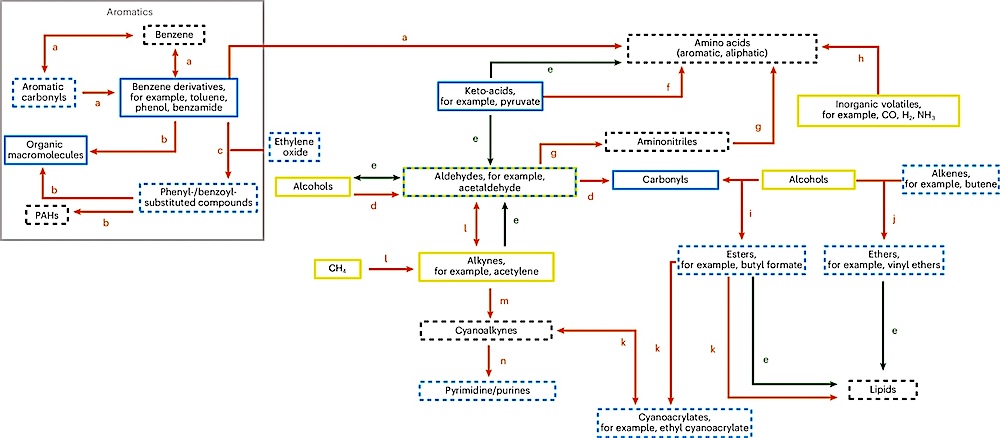
Potential chemical pathways between compounds detected in this and earlier works on Enceladus4,5,8,10,17,65,66, including both aqueous and ice-phase reactions, as well as those compounds that have not been detected to date, but would have astrobiological significance or provide pathways between other classes of compound. Legend: Blue boxes correspond to a CDA detection of the given functional group. Yellow boxes correspond to an INMS detection. Dashed boxes relate to those compounds potentially detected by CDA in this work, including both reliable detections and tentative suggestions. Solid boxes represent compounds that have potentially been detected in prior works, regardless of the confidence interval. Black boxes refer to compounds that have not yet been detected on Enceladus, but would be significant either in the context of astrobiology (for example amino acids) or as intermediates between other detected compounds (for example cyanoalkynes). The arrows between compound classes describe putative reaction pathways, with red arrows referring to abiotic pathways and green arrows representing biotic pathways. Note that some pathways would depend on ice–ocean exchange processes. The lower-case letters indicating pathways between compound classes denote the corresponding citation printed on the figure. a, refs. 10,35; b, refs. 67,68,69,70; c, ref. 71; d, oxidation; e, refs. 72,73,74; f, ref. 75; g, refs. 76,77; h, refs. 78,79; i, esterification; j, ref. 80; k, refs. 81,82; l, refs. 70,83,84,85; m, refs. 48,85,86; n, refs. 49,87. — NASA via Nature
Detection of organic compounds in freshly ejected ice grains from Enceladus’s ocean, Nature Astronomy (open access)
Astrobiology, Astrochemistry,



